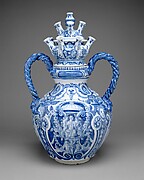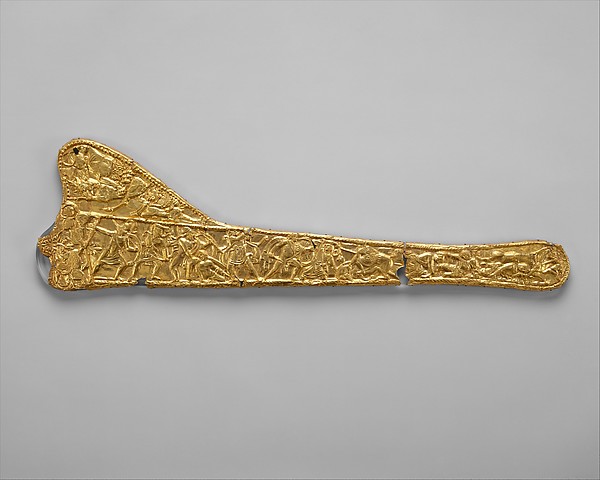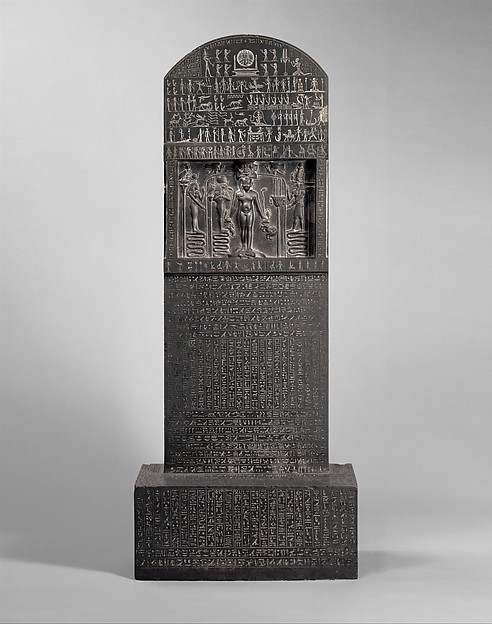Art in the Twenty-First Century
All the artist that are in this video in some form talk about how "change" can come about through the use of there artwork.
One of the artist in the video that I was surprised to see was El Anatsui. He is well known for his artworks and is from Africa. Anatsui explains that he likes to bring form in a new way of "regeneration." He takes items that have been thrown away in the dump and makes them into one of a kind master pieces. One of his quilts is at the MET it is made of bottle caps and it is beautiful.
I was watching the video about "Art in the Twenty-First Century" it contains a number of different artist from five different continents and the episode even though it is only 4 minutes long it is very detailed and and speaks in the words of change. The artists in this segment explain how they want to use the artwork to demonstrate the power of change through the use of art. To help enlighten and to the alter our perception, challenge convention, and change how we see the world around us. This is a global change that spans all over the globe from Nigeria to New York City, from Beijing to Brazil, the programs reveal the artists at work in there studios or in the field.
The video begins with Sarah Sze she talks about how she like the natural environments and how the birds and the wildlife can survive in this kind of metropolis which is the inner city life. What she does for her artwork is to build habitats for the wildlife.
All the artist that are in this video in some form talk about how "change" can come about through the use of there artwork.
One of the artist in the video that I was surprised to see was El Anatsui. He is well known for his artworks and is from Africa. Anatsui explains that he likes to bring form in a new way of "regeneration." He takes items that have been thrown away in the dump and makes them into one of a kind master pieces. One of his quilts is at the MET it is made of bottle caps and it is beautiful.
I felt very lucky when I looked at his artwork and saw it up close when we went on the field trip to the MET, it really changed the way I looked at what art can be. When you see this quilt it looks like it was made of "gold" not made of recycled items like bottle caps.
Artist choose a special place they can use like a location to develop individual expression through the art. They also pick a certain color palette to help format the design space.
Artist choose a special place they can use like a location to develop individual expression through the art. They also pick a certain color palette to help format the design space.
Artwork can be "a painting" that helps change they way we perceive ideas. Art can take on a form of depth that opens our eyes to a new way of thinking. This form of "change" helps the future generations take risk in expressing new kinds of artwork.
I defiantly am one for change and I am grateful for all the wonderful experiences that I have had in taking this class. It has broaden the way I see art for a lifetime.
http://www.pbs.org/art21/films/art-in-the-twenty-first-century-season-6-2012












